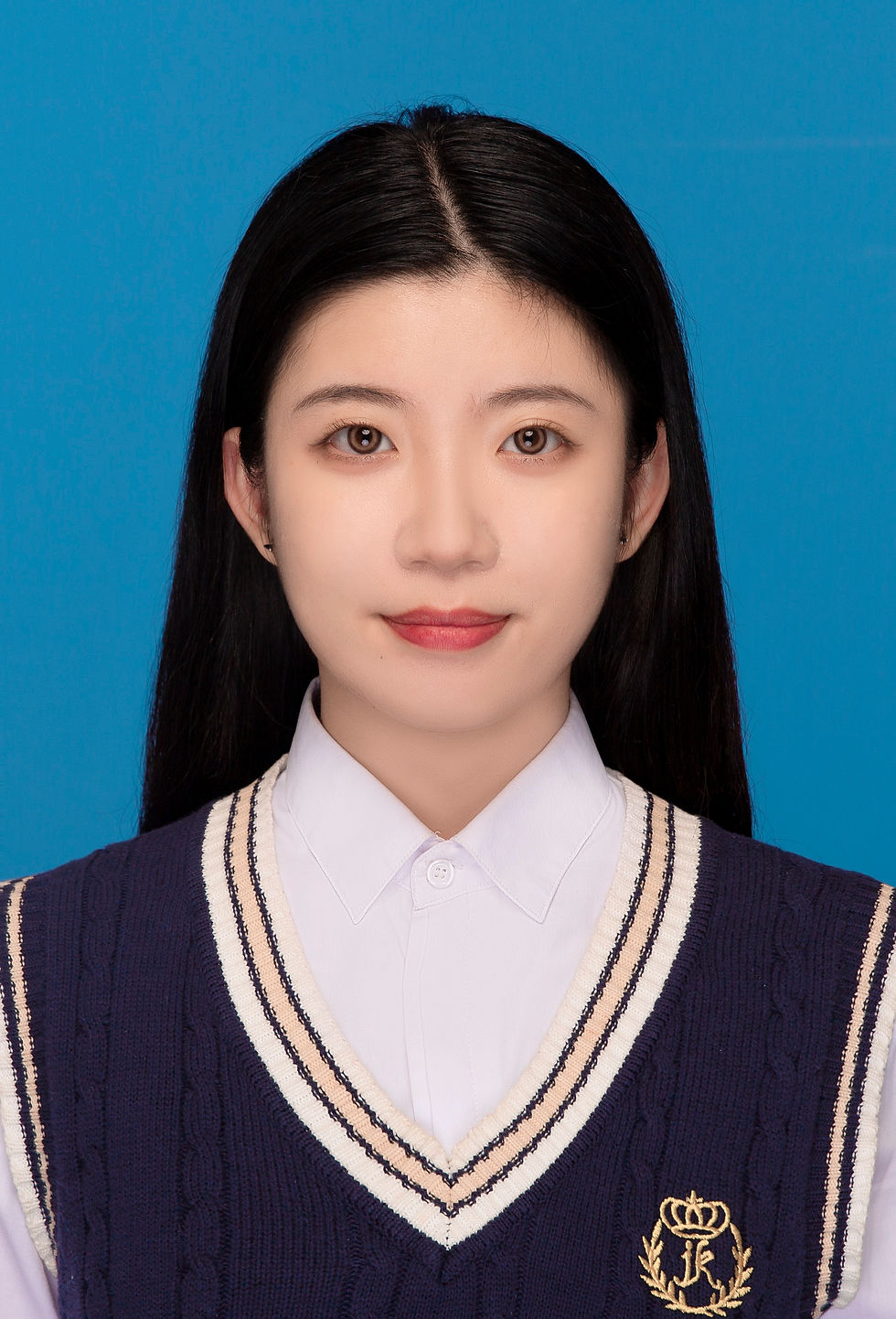Maho Sato
- Česká sekce INSEA

- Jun 16
- 3 min read
Updated: Jun 22
7.23 Traditions and Crafts as Rediscovered Territories in Art Education (Paper)

Maho Sato – Chiba University, Japan
Abstract:
This presentation examines findings on teaching and learning traditional crafts as cultural heritage within art teacher training in Japan. Of late, art education has gained importance for fostering leadership that contributes to a sustainable society. In 2021, UNESCO issued its Universal Declaration on Cultural Diversity, reinforcing the significance of cultural education. Current educational policies emphasize the teaching of traditional Japanese arts and crafts to enhance children’s international understanding, cultural inheritance, and creative skills.
However, teaching traditional art and crafts poses challenges for Japanese art teachers. The adoption of the Western concept of art (fine art) in the 1890s marginalised crafts, viewing them as skilled objects distinct from fine art. This historical shift positioned kogei (craft) within a framework tied to nationalism (Kida, 2014). A study (Sato, 2023) found that art teachers acknowledge the potential of learning traditional Japanese crafts to support cultural identity formation and promote cultural diversity. Meanwhile, they expressed concerns over their limited craft knowledge, ambiguous definitions of Japanese traditions linked to national identity, and the rigid aesthetic values of traditional crafts that may limit subjective interpretation.
This study identified alternative teaching and learning spaces as rediscovered territories that teachers can explore and innovate to enrich children’s aesthetic experiences during traditional craft lessons. The autonomous exploration by teachers is key to developing a living curriculum. What type of art teacher training curriculum fosters student engagement in autonomous enquiry to create alternative approaches on teaching and learning traditional crafts as cultural heritage in schools? Traditional craft projects were implemented in teacher-training courses during the autumn of 2023 and 2024. Data were collected and analysed qualitatively. This study presents a deepening of students’ and my understanding of what it means to study, teach, and practise as art educators in Japan.
10.35 Stepping Inside IMAG:: An Alternative Zone of Exploration (Workshop)

Maho Sato – Chiba University, Japan
Gabriella Pataky – ELTE Faculty of Primary and Pre-School Education, Budapest, Hungary
Viola Rekvényi – ELTE Faculty of Primary and Pre-School Education, Budapest, Hungary
Jonathan Silverman – Saint Michael's College, Vermont, USA
Abstract:
IMAG:: invites you to actively enter the inner territory of an IMAG:: production. In a supportive and joyful workshop, we would like you to experience the culture of both composing a visual essay and the creation of a model on-the-spot journal. We ask you to come with openness to unbounded discovery as you will respond to prompts that connect to the Congress theme “Unexpected Territories.” By altering traditional presentations (didactic, for example, “this is what IMAG:: does and here is information on what a visual essay is and how to submit”) to one that is non-traditional (participatory, hands-on, engaging, perceiving, and observing) you will have the opportunity in a collaborative environment to be an author and editor. IMAG principal co-editors will guide everyone in a workshop that both provides an inside look at the often-mysterious process of creating a visual journal from theme to publication as well as the particulars of submitting to IMAG in the future.
IMAG was conceived as an alternative, a contemporary juried journal that would expand the concept of professionalism, provide inspiration for curricula ideas, nurture artistic identity and the creative process, and be accessible to art educators from all global regions and who work in a variety of settings from primary school to universities, from community programs to museums. The principal co-editors of IMAG:: wish that such a session will attract InSEA members who might have anxiety about the world of publication, inhibited by implications of traditional academic scholarship, or just curious. In the spirit of IMAG:: as a resource for all we welcome new and familiar authors willing to challenge themselves, bring out their imaginations, and connect in an openhearted alternative zone of exploration.




Comments